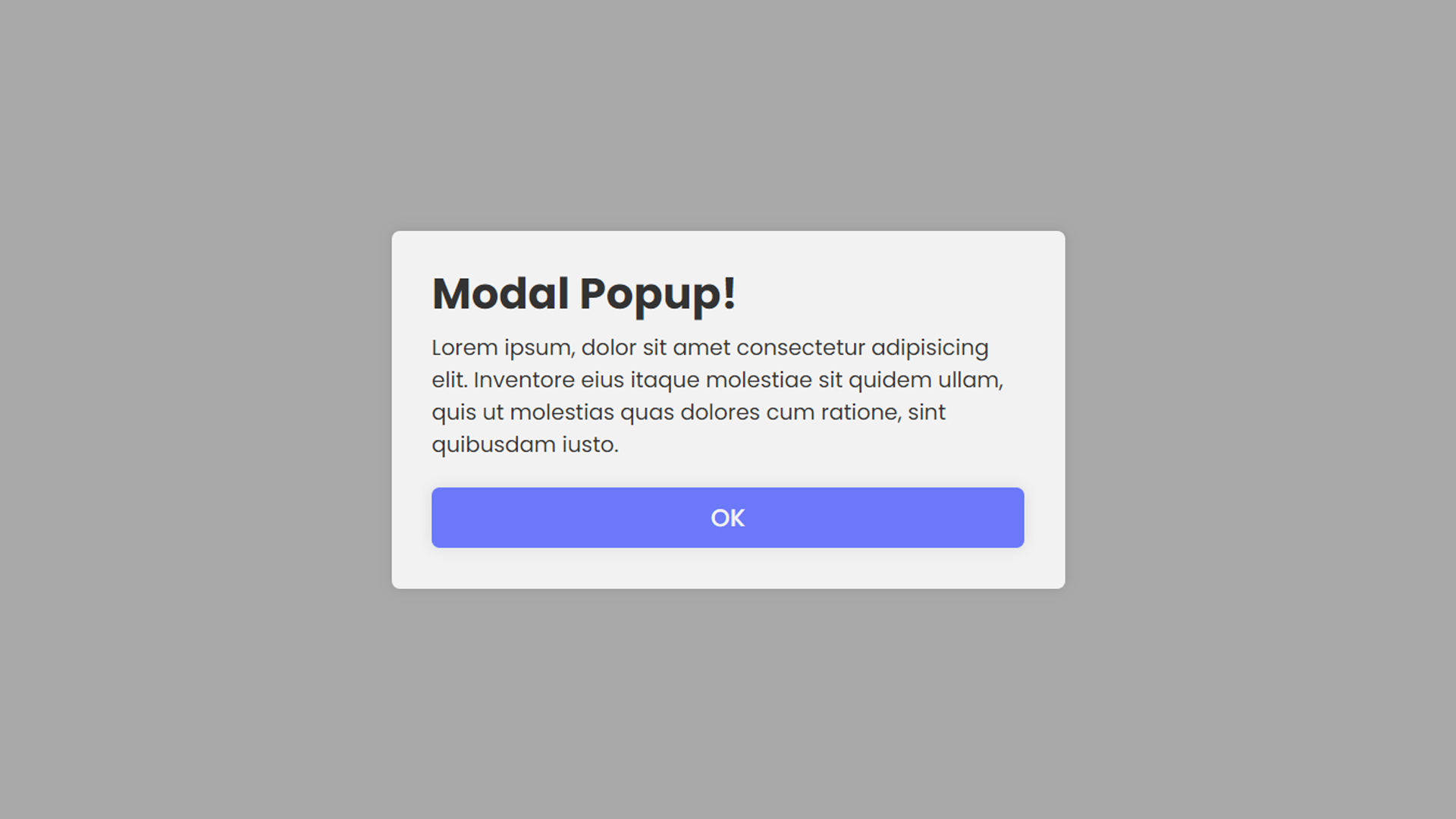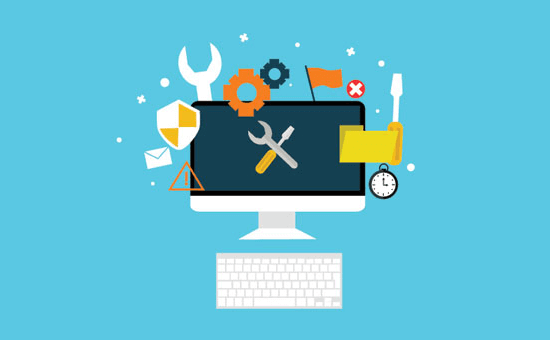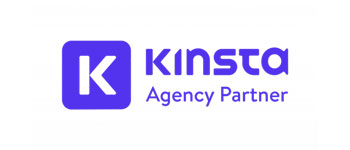In the ever-evolving digital landscape, maintaining a website goes beyond its initial development. Regular website maintenance is a crucial aspect that ensures your online presence remains robust, secure, and optimized for performance. Let’s explore the significance of ongoing website maintenance and the key areas it covers.
1. Security Updates:
- Regular maintenance includes applying security updates and patches. This is vital to protect your website from potential vulnerabilities and security threats. Timely updates help in keeping your site secure and safeguarding sensitive user data.
2. Performance Optimization:
- Optimizing the performance of your website is essential for providing a seamless user experience. Regular maintenance involves monitoring loading speeds, optimizing images, and refining code to ensure your site runs smoothly across various devices.
3. Content Review and Update:
- Keeping your content fresh and relevant is crucial for engaging visitors and maintaining search engine rankings. Regularly reviewing and updating content, including blog posts, product information, and other pages, contributes to improved SEO and user satisfaction.
4. Backup and Recovery:
- Regular backups are a safety net for your website. In the event of data loss or a security breach, having up-to-date backups ensures that you can quickly recover your site and minimize downtime.
5. Bug Fixes and Troubleshooting:
- Websites may encounter bugs or issues over time. Regular maintenance involves identifying and fixing these issues promptly, preventing them from impacting the user experience.
6. Mobile Responsiveness:
- With the increasing use of mobile devices, ensuring that your website is mobile-responsive is crucial. Regular maintenance includes testing and optimizing your site for various screen sizes, improving accessibility and user satisfaction.
7. Search Engine Optimization (SEO):
- Search engine algorithms are dynamic, and regular updates to your website’s SEO strategy are essential. This involves keyword analysis, meta tag optimization, and ensuring your site complies with the latest SEO best practices.
8. Check for Broken Links:
- Broken links can harm your website’s credibility and user experience. Regular maintenance includes checking and fixing broken links to ensure seamless navigation for visitors.
9. Reviewing Analytics:
- Analyzing website analytics provides valuable insights into user behavior, popular content, and areas for improvement. Regularly reviewing these analytics helps in making informed decisions to enhance your site’s performance.
10. Enhancing Security Measures:
- In addition to applying updates, regular maintenance involves enhancing security measures, such as implementing firewalls, monitoring for suspicious activities, and ensuring the overall integrity of your website’s security protocols.
Investing time and resources in regular website maintenance is an investment in the long-term success of your online presence. It not only ensures the smooth functioning of your site but also contributes to improved security, user experience, and search engine rankings. Stay ahead in the digital landscape by prioritizing ongoing website maintenance for a thriving online presence.












